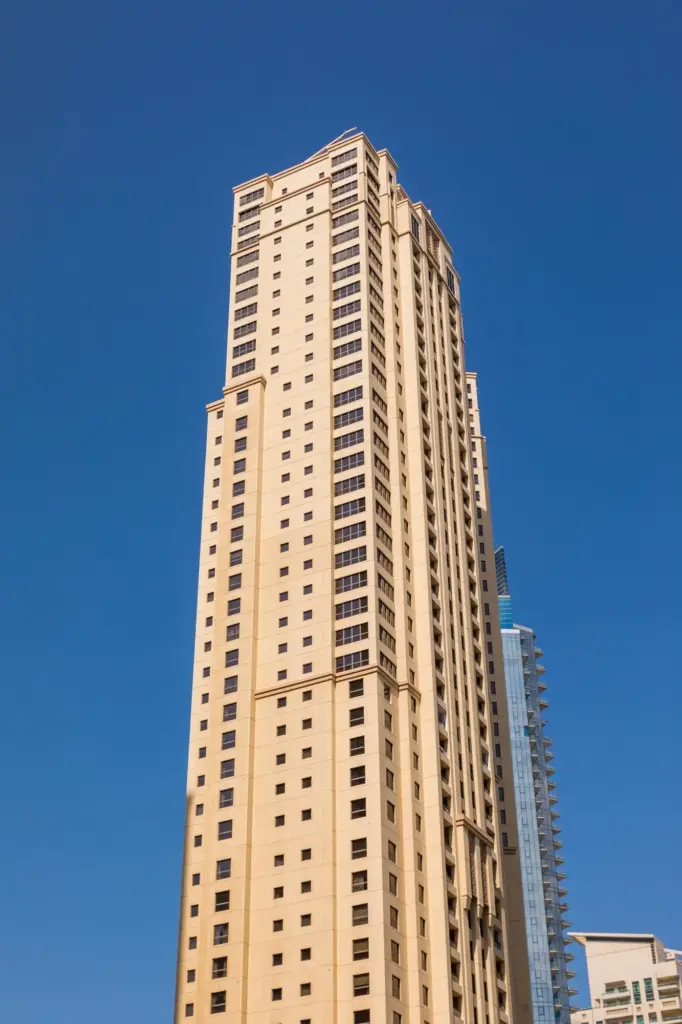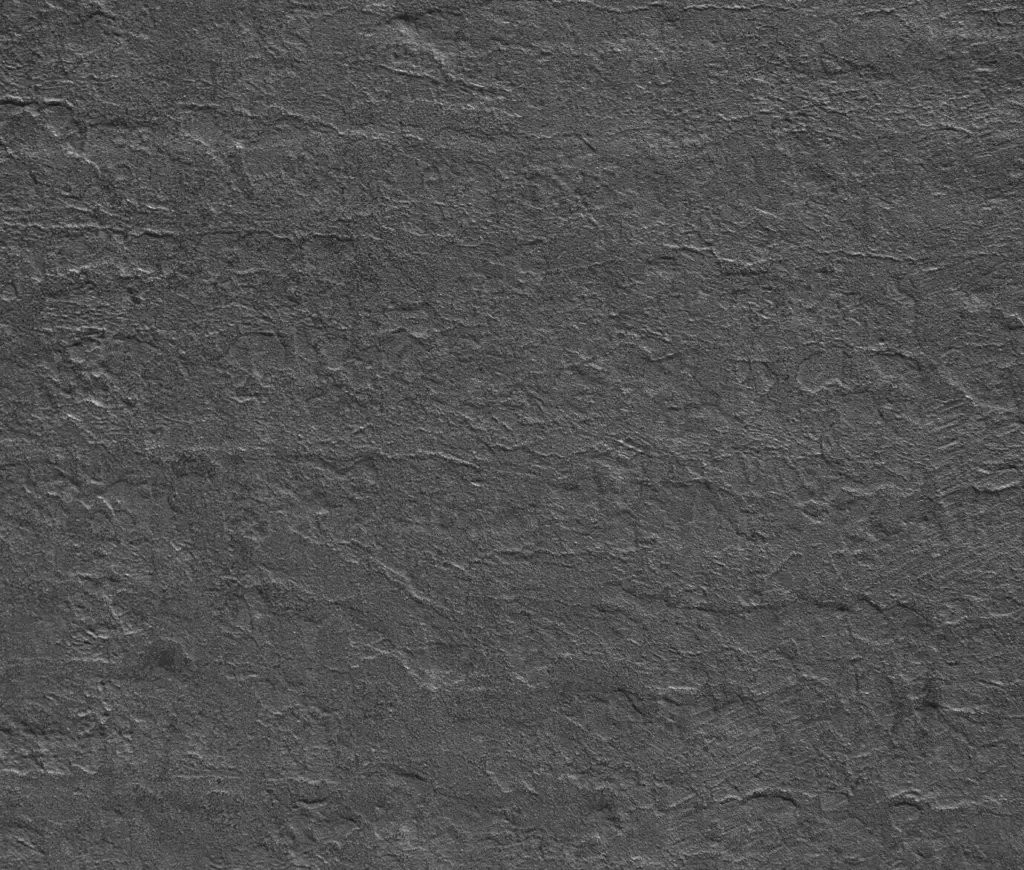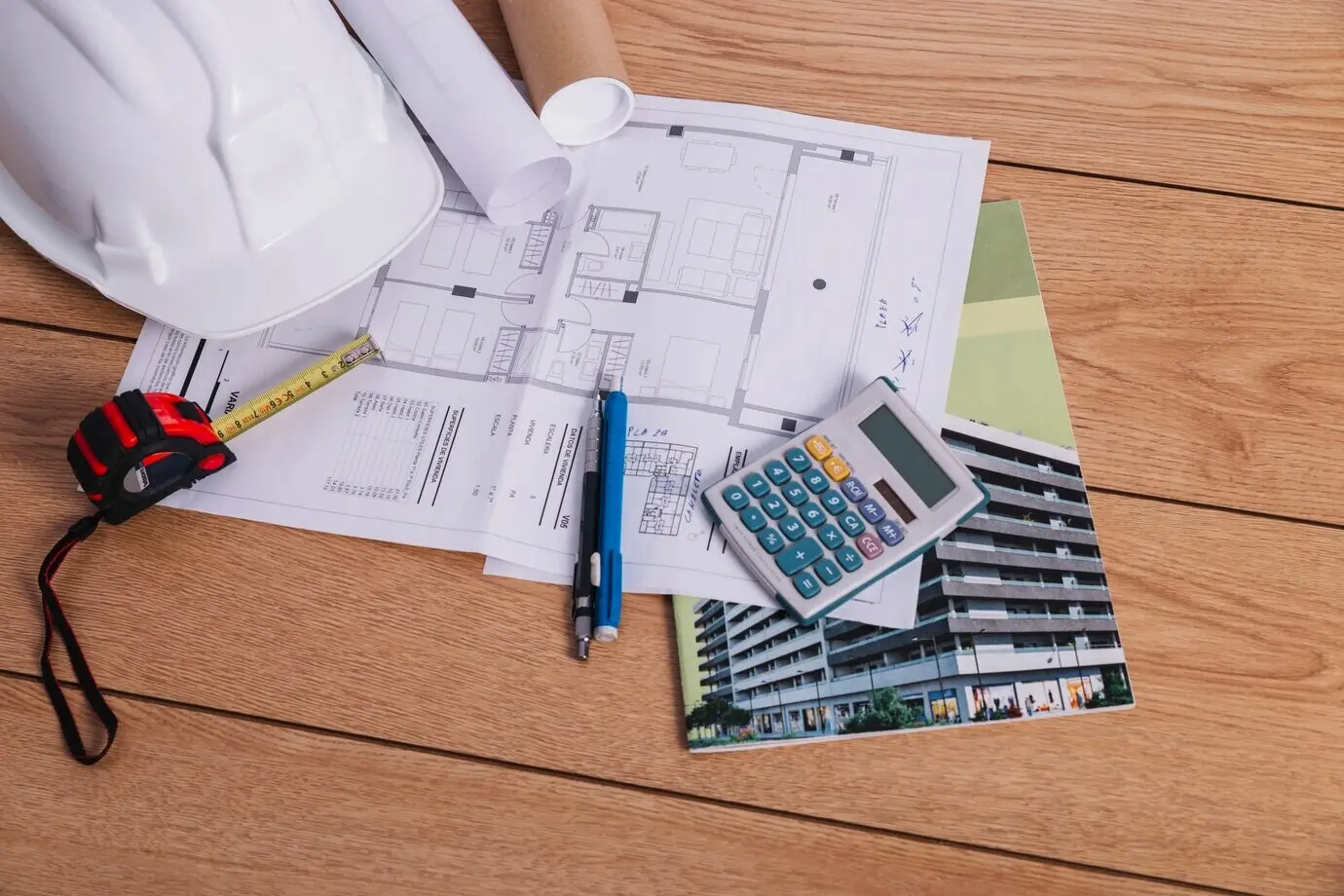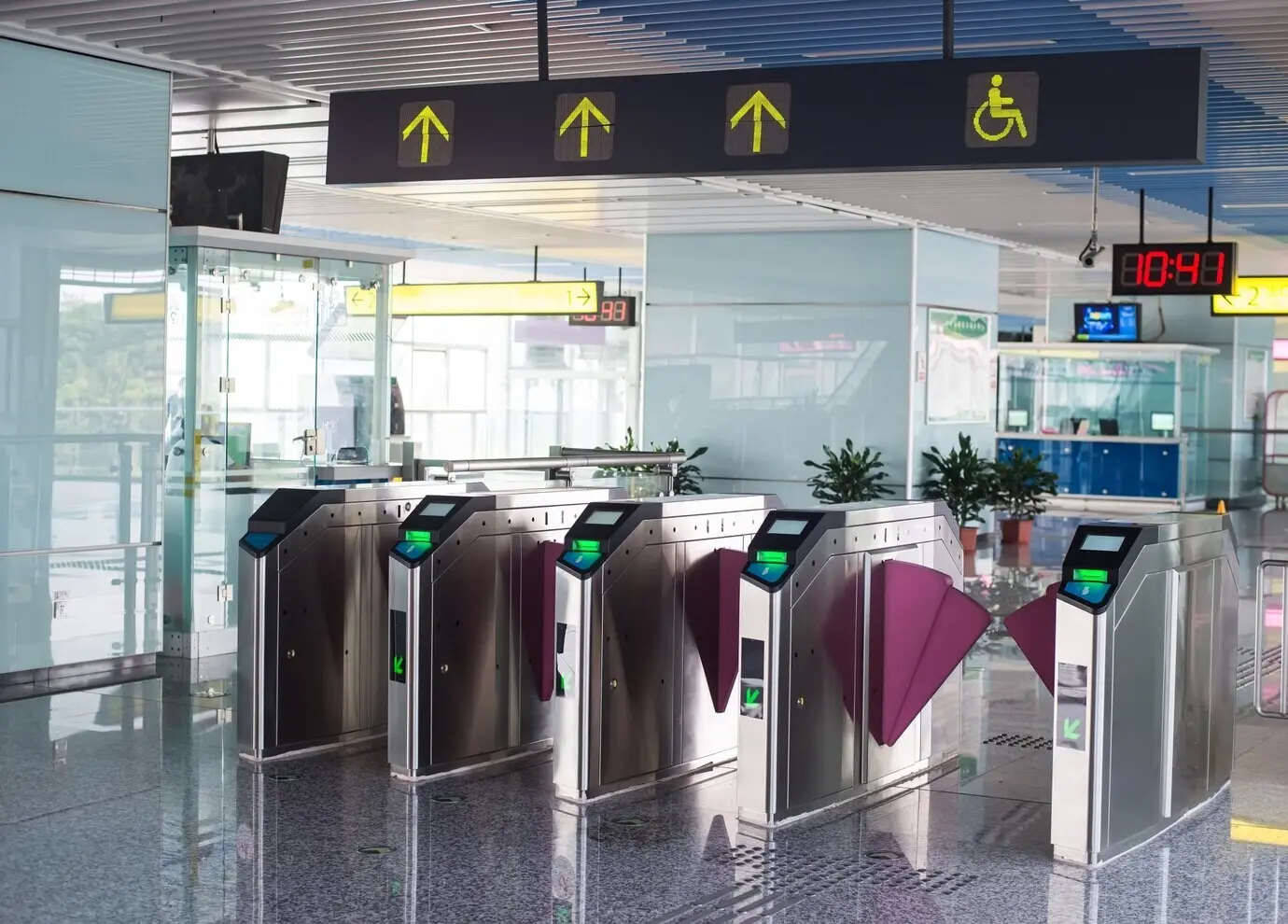Powering Up Existing Homes with Whole‑Home Retrofits
Discover how whole‑home energy retrofit programs for existing houses integrate energy audits, envelope upgrades, electrification, ventilation, and smart controls into one coordinated plan that elevates comfort, lowers bills, and cleans the air you breathe. Learn how eligibility, incentives, financing, and quality assurance fit together, and see practical steps and personal stories that illuminate what to expect, how to prepare, and when results start showing on your utility statements and in daily comfort.
Systems That Perform as a Team

When insulation, air sealing, heat pumps, ventilation, and smart thermostats are designed together, the house behaves like a well‑tuned instrument. Reduced leakage means smaller, quieter equipment; balanced ventilation protects air quality; and controls coordinate schedules with occupancy. You get smoother temperature profiles, fewer drafts, and equipment that runs within its sweet spot, extending lifespan. The result is a home that uses less energy to deliver more comfort, backed by measurable performance rather than hopeful guesses or isolated fixes.
Comfort You Can Feel in Every Room

True comfort is even, quiet, and consistent, winter and summer. Coordinated retrofits target the root causes of hot and cold spots, from leaky knee walls to under‑insulated attics and duct losses in crawlspaces. Programs require test‑in and test‑out procedures that verify improvements with numbers, not just promises. That means fewer cold floors, calmer bedrooms, and living spaces that actually feel the setpoint. Comfort arrives alongside cleaner air and lower bills, giving daily, tangible proof your investment is working.
Protecting Your Investment from Rework

Upgrading windows before air sealing, or oversizing equipment before insulating, often wastes money. Whole‑home programs prioritize the envelope first, shrinking heating and cooling loads so smaller equipment performs better and costs less. This sequencing prevents expensive do‑overs, minimizes disruption, and helps incentives stretch farther. Documentation, photos, and test results follow the project so future service providers understand what was done. Your investment becomes a coherent system rather than a patchwork, saving time, stress, and avoidable expenses years down the line.
Navigating Programs, Incentives, and Financing
Finding the right pathway involves eligibility rules, audit requirements, contractor qualifications, and paperwork. Many utilities, municipalities, and national initiatives reward envelope improvements, heat pumps, and verification testing, often stacking rebates with tax credits or low‑interest loans. Whole‑home energy retrofit programs for existing houses guide you through modeling, scopes of work, and inspection checkpoints to unlock maximum support. With smart sequencing and documentation, the combined incentives can materially cut upfront costs while making comprehensive upgrades both accessible and financially compelling.

From First Audit to Final Test‑Out

Blower Doors, Infrared, and Safety Checks
Diagnostics make the invisible visible. A blower door quantifies leakage; infrared cameras reveal thermal bridges; combustion safety tests verify proper venting and carbon monoxide protection where applicable. Together, these tools map the path to meaningful upgrades and confirm existing conditions. By documenting numbers before work begins, programs can measure progress later. The process also uncovers moisture risks and ventilation needs, ensuring improvements enhance durability and health, not just energy metrics. You start informed, empowered, and ready for decisive action.
Scope Design: Envelope, Equipment, Ventilation, Controls
Designers translate findings into a sequenced plan: air sealing, insulation, window strategies where cost‑effective, then right‑sized heat pumps with thoughtful ductwork and balanced ventilation, all governed by smart, user‑friendly controls. Load calculations follow the improved envelope, enabling smaller, more efficient equipment. This coordination prevents bottlenecks, maximizes incentives, and streamlines scheduling. The outcome is a practical roadmap that aligns your priorities—comfort, cost, emissions, resilience—with real‑world constraints, so each step builds momentum toward a quieter, cleaner, easier‑to‑run home you genuinely enjoy.
Commissioning, Handover, and Measured Outcomes
After installation, commissioning verifies airflow, refrigerant charge, controls logic, and ventilation balance, while test‑out confirms infiltration reductions and insulation performance. You receive operating tips, maintenance schedules, and access to monitoring if included. Utility data and run‑time trends demonstrate real savings and comfort improvements across seasons. This measured closeout transforms a construction project into a trusted system with predictable behavior. It also sets a baseline for future tune‑ups, ensuring your home continues performing as designed, not just on the day everyone packs up.
Envelope Upgrades That Transform Performance
The building envelope sets the stage for everything else. Air sealing stops uncontrolled leaks; insulation locks in comfort; careful moisture management protects durability. Prioritizing attics, foundations, and major bypasses can dramatically reduce loads before equipment decisions are finalized. Whole‑home energy retrofit programs for existing houses emphasize continuity—no gaps, voids, or thermal bridges—so comfort stabilizes and systems downsize gracefully. The result is a quiet, steady interior environment that feels better immediately and costs less to heat and cool year after year.
Attics are often the biggest opportunity. Sealing top‑plate cracks, recessed lights, and attic hatches before adding insulation ensures the new R‑value actually performs. Baffles maintain ventilation while preventing wind‑washing; dams protect against loose fill migration. In cathedral ceilings, dense‑pack or exterior insulation can solve chronic hot‑cold cycles. With careful detailing and verified depth, you prevent heat from escaping in winter and entering in summer, easing equipment loads, reducing noise, and creating the kind of consistent comfort thermostats alone can never deliver.
Cold floors and musty odors often originate below. Air sealing rim joists, insulating foundation walls, and managing ground moisture can stabilize temperatures and protect indoor air. Encapsulated crawlspaces paired with balanced ventilation reduce humidity swings and pests while easing the burden on mechanical systems. Programs encourage continuous thermal alignment between conditioned areas and adjacent spaces, minimizing condensation risks. The payoff is drier storage, calmer rooms, and improved durability, with quantifiable infiltration reductions verified by test‑out rather than assumptions or wishful thinking.
Windows matter, but timing and approach matter more. Before replacement, address air leakage around frames and prioritize envelope work that reduces loads dramatically. When upgrades make sense, look for low‑U glazing, proper flashing, and meticulous air sealing. In many homes, targeted replacements or storm systems achieve strong results at lower cost. Carefully detailed doors with quality thresholds and weatherstripping stop drafts where you feel them most. Programs help weigh costs, benefits, and incentives so choices fit your budget without sacrificing measurable performance.

Heat Pumps Sized and Installed for Real Homes
Properly designed heat pumps, matched to post‑retrofit loads, run longer at efficient speeds instead of short‑cycling. Variable‑speed compressors and well‑sealed ducts deliver quiet comfort in rooms that previously lagged. Cold‑climate models now handle winter temperatures that once seemed out of reach. Programs emphasize commissioning—verifying charge, airflow, and controls—so published efficiency turns into lived experience. With right‑sizing, you often reduce indoor noise, improve humidity control, and extend equipment life while cutting operational costs in a way you can actually feel.
Fresh Air with Heat Recovery and Balanced Flow
Healthy homes need controlled ventilation. Heat recovery ventilators or energy recovery ventilators bring in fresh air while transferring heat or cool from exhaust air, minimizing energy waste. Balanced flows reduce pressure imbalances that can suck in attic or crawlspace air. Filters capture particulates and pollen, benefiting sensitive occupants. Programs specify flow targets and commissioning checks to ensure reality matches design. The result is clearer air, fewer odors, and the assurance that improvements to tightness are paired with thoughtful, efficient fresh‑air delivery.
Living with Your Retrofit and Staying Optimized
The journey continues after installation. Monitoring, seasonal tune‑ups, and simple habits protect performance and savings. Whole‑home energy retrofit programs for existing houses often include guidance for filter changes, control settings, and data tracking so adjustments stay aligned with comfort goals. Over time, you will see patterns in humidity, run‑times, and energy use that invite small improvements. Share your experiences, ask questions, and join community discussions so others can learn from your results and you can benefit from theirs.
Smart thermostats, sub‑metering, and utility dashboards turn performance into visible data. You can spot setbacks that overrun schedules, fans that never wind down, or humidity trends that suggest a ventilation tweak. Programs sometimes require short‑term monitoring to verify outcomes; you benefit long after incentives are issued. Translate graphs into comfort by setting alerts for filter changes or extreme temperatures. With gentle attention, the home stays quiet, efficient, and predictable, and you become a confident operator rather than a worried guesser.
Comfort needs shift with weather and routines. A spring check confirms cooling readiness, while fall tune‑ups prepare heating and ventilation. Fresh filters protect indoor air and equipment longevity. Dampers, airflow, and control schedules may need minor tweaks after performance settles in. Programs encourage documented maintenance so warranties and efficiency ratings hold. This rhythm keeps systems reliable, energy use steady, and indoor conditions delightful. You avoid surprises, preserve savings, and extend the lifespan of thoughtfully chosen equipment that now fits your home perfectly.
Simple routines magnify technical improvements. Use setback schedules that respect real occupancy, keep interior doors open where airflow needs it, and manage window coverings for seasonal gains. Run kitchen and bath fans to control moisture after showers or cooking. Consider induction cooking to reduce indoor pollutants. Share what works for your family and learn from others’ experiments, building a culture of comfort and care. These small, repeatable choices protect the investment and make every room feel calm, fresh, and consistently welcoming.
